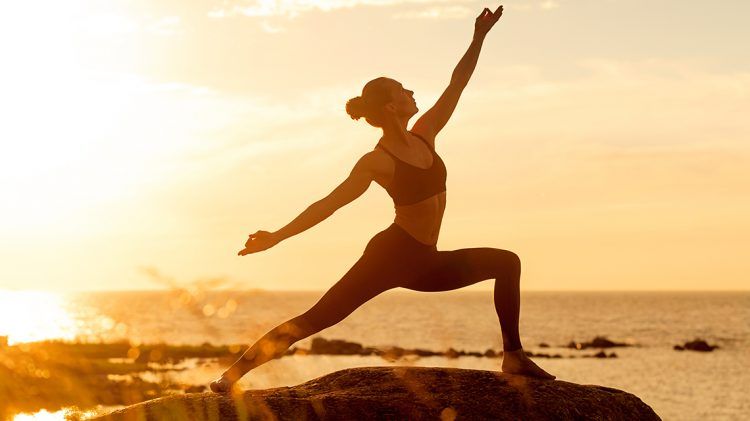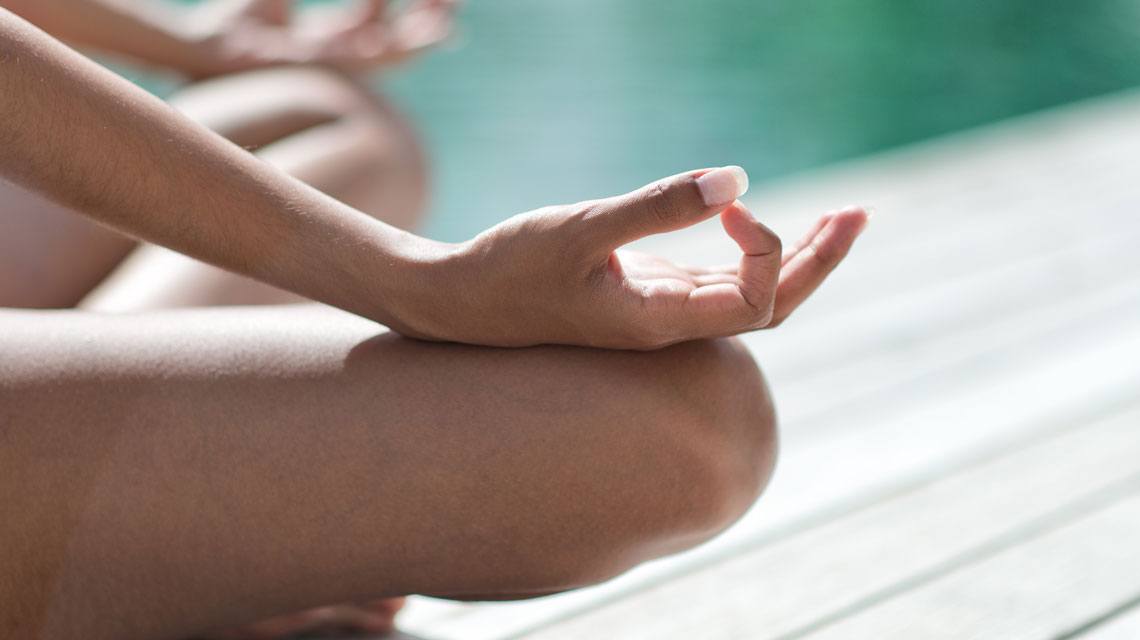
Going
Yin-Side
Yin-Yoga: Balance your training
October 28, 2018Yin-Yoga: Balance your training
October 28, 2018A healthy body requires balance. Balance in the way we eat, train and move. While high-intensity exercise has so many health benefits, we need to ensure we are not running at 100% all the time. Downtime after a high-intensity session allows the body to recover and make positive training adaptations. Without enough recovery time we don’t reap the rewards of our hard work and we risk becoming burnt out. This is how I was first drawn to Yin Yoga. It provided the balance I needed in order to get the most out of my training.
In the beginning, I classified Yin Yoga as a stretch class. However, I now realise that it acts more like medicine through movement. I used to spend a 60 minute class trying hard not to fall asleep because I had pushed myself to exhaustion. Looking back now I can’t believe that I let my life get that out of balance. I hit complete burnout with the classic red flags of food intolerances, fatigue and a distinct lack of motivation, all things that were very foreign to me at the time. Culturally, we tend to reward living a high-paced, stress fuelled life burning the candle at both ends and while it’s not healthy, it is the accepted norm for so many of us. For me, this was no longer an option. I needed to restore balance in my life in order to function and perform in a way that was sustainable (and enjoyable).
The word “Yin” comes from the traditional Chinese principle of Yin and Yang, where Yin describes the restful nature of night time and Yang depicts the time of “doing”, the daytime. Yin energy represents the cooling side of life: the still, earthy and soft. Yang energy is all about action: the warmth, light and activity. Both are equally important in life. However, Yin has never been so necessary. Stressful work environments, long working hours, high-intensity workouts and heavy training programs all build heat. I have had so many clients who work stressful jobs, squeeze a workout into their lunch break and then smash through a hot yoga class at the end of the day to ‘wind-down’. This isn’t balance, it’s just more of the same. Stressful hot energy, fuelled with more heat. I realise that now of course. However, I fell victim to this pattern, too.
So what is Yin Yoga?
A Yin Yoga practice involves a series of poses typically held for 3-10 minutes, which helps you to focus on opening up the joints and fascial tissue.
Unlike Yang styles of yoga, a slower paced Yin practice means you can move safely deeper into poses without the need to activate all the muscles around the joint. These deep, long holds in Yin help to improve joint mobility and release fascia.
Fascia is a web-like structure that encases every cell in our body. It is a highly organised connective tissue that holds the internal organs together. Tight or dehydrated fascia can often lead to adhesions between the fascia and muscle or bone resulting in restricted range of movement. Yin helps to release fascia, which allows more fluid movement without restriction.
Yin also increases circulation, which can help speed up muscle recovery, reduce muscle soreness, improve overall flexibility and in turn improve performance.
These physical benefits were enough to get me started, but once I realised the positive effect that a regular Yin practice had on my mental health I was hooked. The meditative nature of the practice helps to reduce stress hormones, adrenaline and cortisol while boosting happiness, concentration, self-awareness and immune health. The poses are often deep and uncomfortable and maintaining stillness through this discomfort is thought to build mental toughness. It is a practice of resilience as it can be challenging to sit with discomfort without becoming reactive.
A regular Yin practice helps to balance the Yang aspects of everyday life. It can help to promote quality sleep, increase happiness, improve energy, reduce stress, improve performance and speed up recovery.
In the current high-paced environment it is more vital than ever to slow down and spend time going Yin-side.
Image by IStock/yurok



